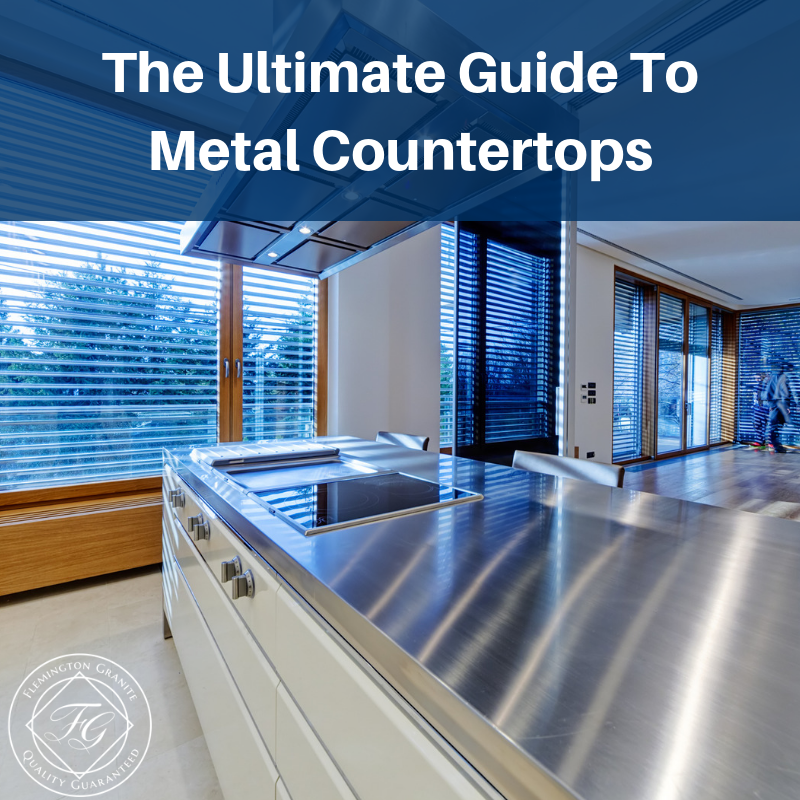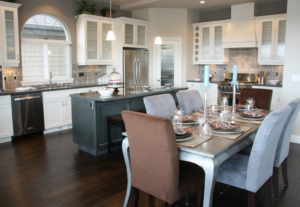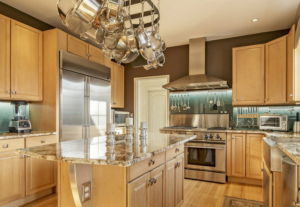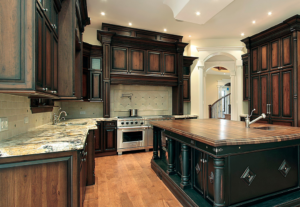
When it comes to your home’s interior, you have a lot of important decisions to make. If the exterior of a home seems complex, interiors make that look simple (even though it’s not). With each room, there are so many aspects to worry about. On top of that, you have to balance and prioritize areas of your home. Two places that need immediate attention are your bathroom and kitchen, two places that intimately project who you and your family are, to anyone who visits.
These are also very active and intimate places, which need to be comfortable, clean, and durable. Chief among these concerns is one that spans both of these rooms; countertops. Countertops are so often taken for granted, and that’s why a lot of shoddier contractors manage to convince so many people to be okay with Formica, or some pressure particle board abomination.
Quite frankly, your countertops cannot be a place where you cut corners. Yes, it’s possible to be frugal with them to a degree, and by all means, be wise with your budget. But, don’t settle for subpar materials just to save a little – you don’t save at all. Inferior countertop materials stain, chip, decay, succumb to heat and scratches, and just look and feel terrible. You will be replacing them well before any other type of countertop.
For better materials, you do have more choices than you may think. Of course, you have your various types of stone (granite, travertine, marble), higher-end manufactured synthetics and metal.
More Diverse Than You Think – The Endless Types of Metal Countertops
The moment we mentioned metal countertops, it’s a sure bet that you pictured the sterile and utilitarian counter tops of commercial kitchens and the like. Yes, that is indeed a type of metal countertop, and one of the oldest forms of it at that. These are in such places for a reason, as they can stand up to incredible punishment for decades, be easily cleaned, and have no aesthetics to ruin.
These are, however, not the only type of metal countertop out there. Prepare to be amazed.
Stainless Steel
Stainless steel does include the previously-mentioned commercial style, but that’s far from all stainless can do. Being a molded material, it can take on hues, grains, or even three-dimensional textures that provide a unique personality.
Pros
• This is very easy to clean, and it stands up to heat, rust and staining.
• It has a modern, likely timeless feel to it.
Cons
• Stainless will always have some sense of the sterile and industrial.
• It can be scratched or dented, it heats up fast, it smudges easily, and it’s expensive.
Copper
Copper isn’t something people give much thought to, for large metallic surfaces these days. Once, it was one of the most high-tech elemental metals man could harness. It has a warmer vibe to it, either rustic or elegant depending.
Pros
• This is a proven timeless, warm material.
• It’s very easy to clean.
• Can be made of recycled materials.
• Depending on oxidation permitted, you can govern its color texture and hue.
Cons
• Copper is actually kind of soft, so it can dent and scratch.
• The patina can be unpredictable.
Zinc
Zinc is coming very much “into style” with a lot of applications recently. Zinc is another metal that can take on a patina, though it’s a unique blue one in this case.
Pros
• Like copper, it’s easy to shine and keep clean.
• Works well for decorative edges.
• Antimicrobial.
Cons
• Doesn’t like heat.
• Also has an unpredictable patina.
• Costly.
Pewter
Pewter is another old, traditional metal. This too develops a patina of a coral shade, which can look rather striking.
Pros
• Pewter doesn’t stain nor cultivate bacteria.
• Works excellently for stylized edges.
• Cleans easily.
• Very “old world” charm.
Cons
• It’s pretty soft, it dents and scratches.
• Pretty much all patinas can be random.
• Very expensive.
Bronze
Bronze doesn’t develop a patina very quickly, and is easy to restore, as well as clean. Bronze has a unique hue to it, and is easy to keep shiny. It’s a rare material though.
Pros
- Tougher than zinc or copper.
- A unique choice.
- Has a warm vibe.
Cons
- Hard to find.
- Costly.
Brass
Brass is even rarer than bronze, and has an equally unique color and shine to it. This gold-like hue is striking and memorable, and has a posh sense to it.
Pros
- Brass is very tough.
- Has a striking gold color.
- Rare, so it stands out.
Cons
- Hardest material to find.
- Expensive.
- Patina forms, which isn’t that attractive.
To learn more about metal countertops, the textures and edge styles, and how to care for them, fill out our contact form today!








